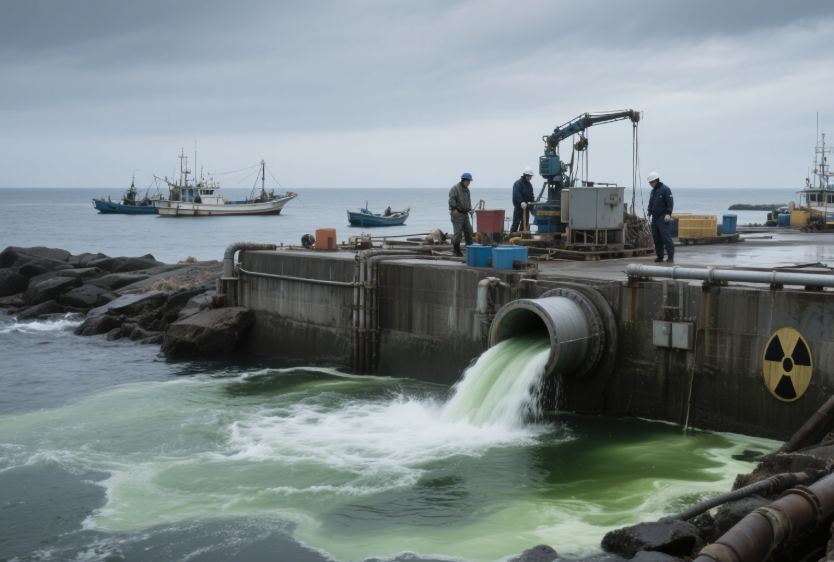On May 7, 2025, Japan launched the fourth round of Fukushima nuclear sewage discharge plan to the sea, and the cumulative discharge has exceeded 50,000 tons. Although TEPCO claims that the treated nuclear wastewater “meets international safety standards,” Chinese customs recently intercepted 24 batches of imported Japanese aquatic products with excessive levels of radioactive substances, and a South Korean research team detected strontium-90, which has a half-life of up to 29 years, in squid.Tsinghua University’s modeling suggests that radioactive substances such as tritium and carbon-14 have spread to the East China Sea and off the coast of Canada. Tsinghua University models show that radioactive substances such as tritium and carbon-14 have spread to the East China Sea and the west coast of Canada, and Canadian testing organizations have reported a 15% increase in cesium-137 concentrations compared to last year. Japanese fishermen have noticed an increase in the mutation rate of fish off Fukushima, with a significant increase in the percentage of deformities in Kudae (black seabream), raising international concerns about the safety of the food chain.

Leave a Reply